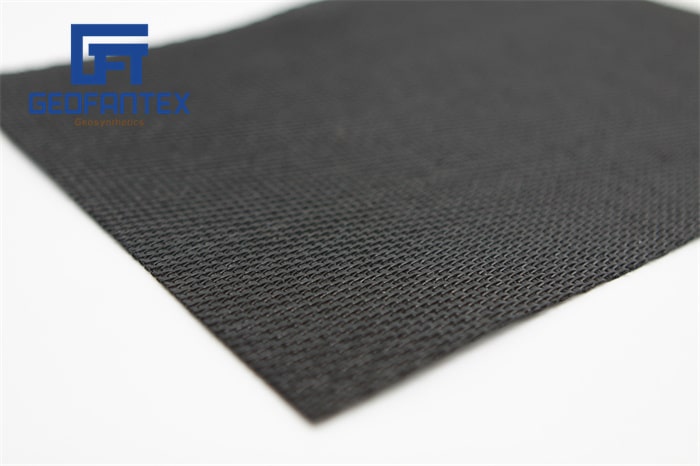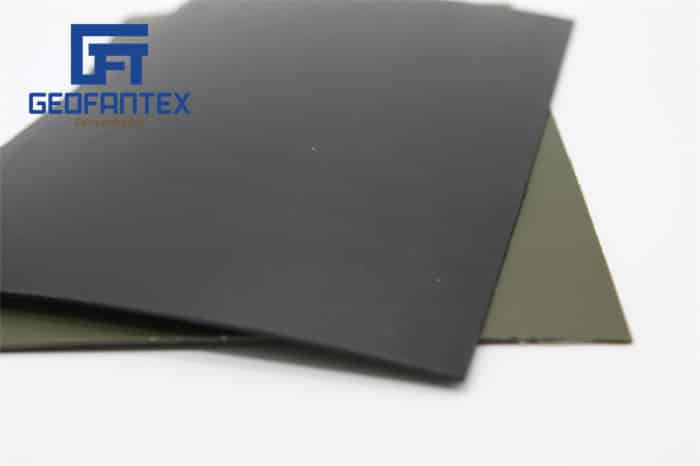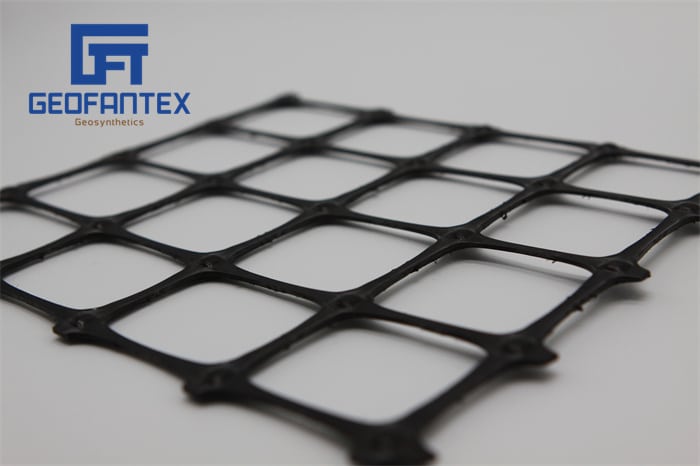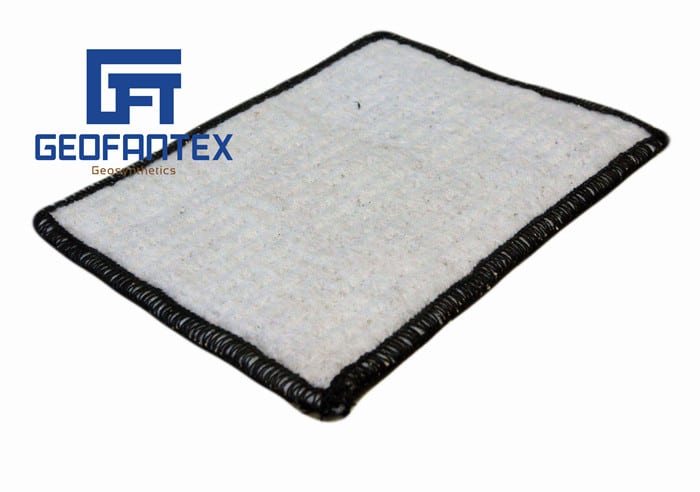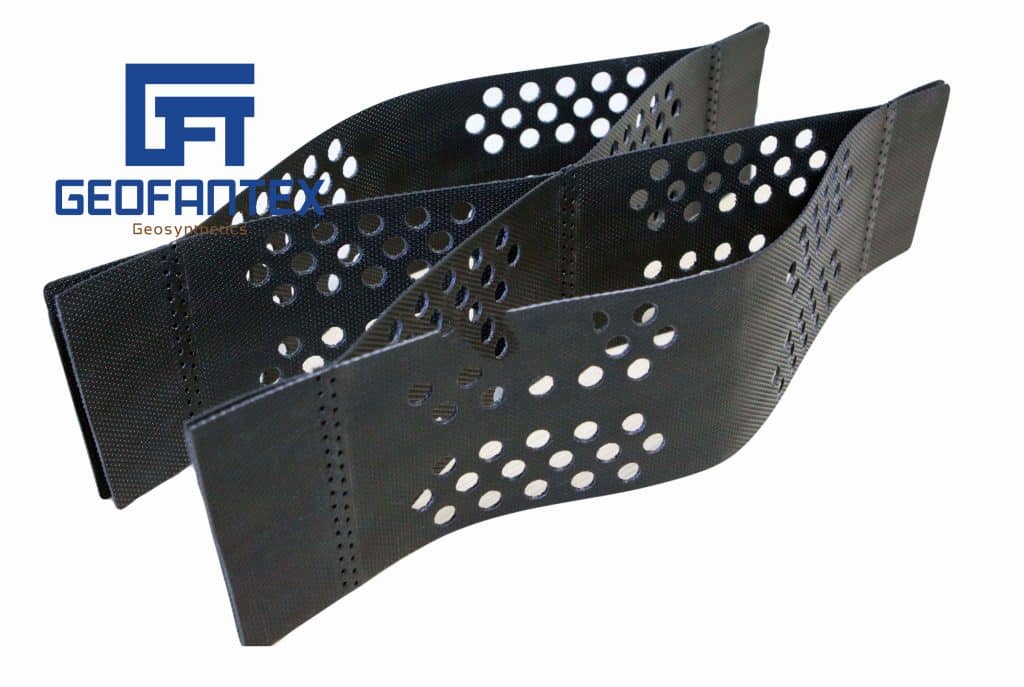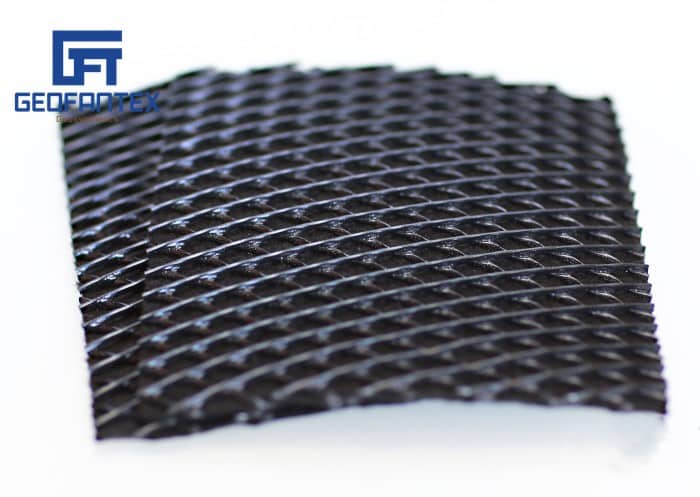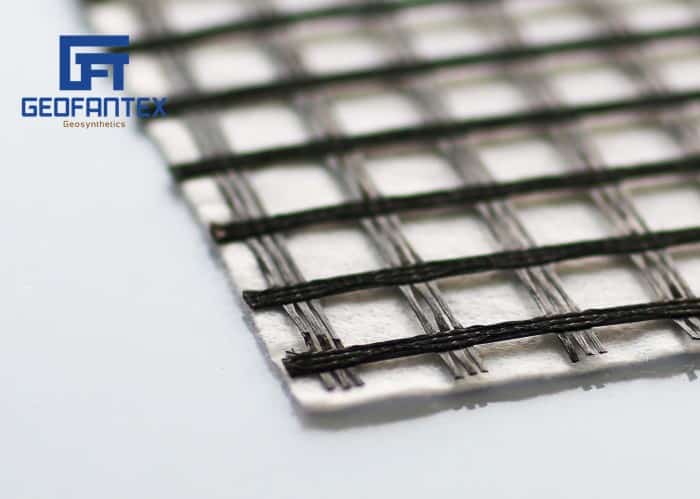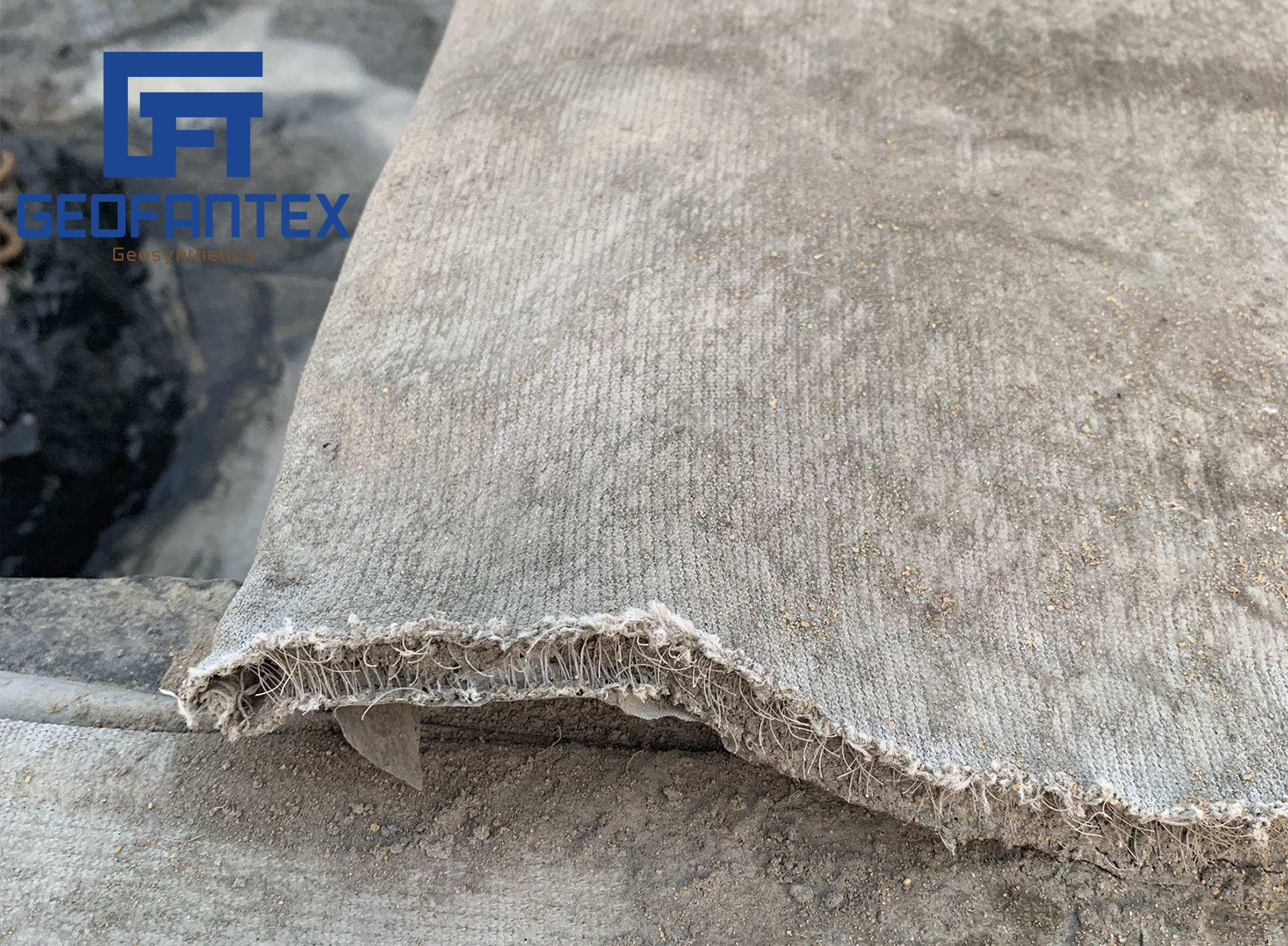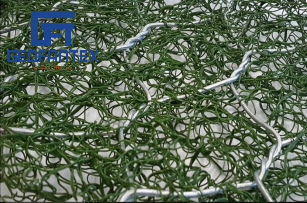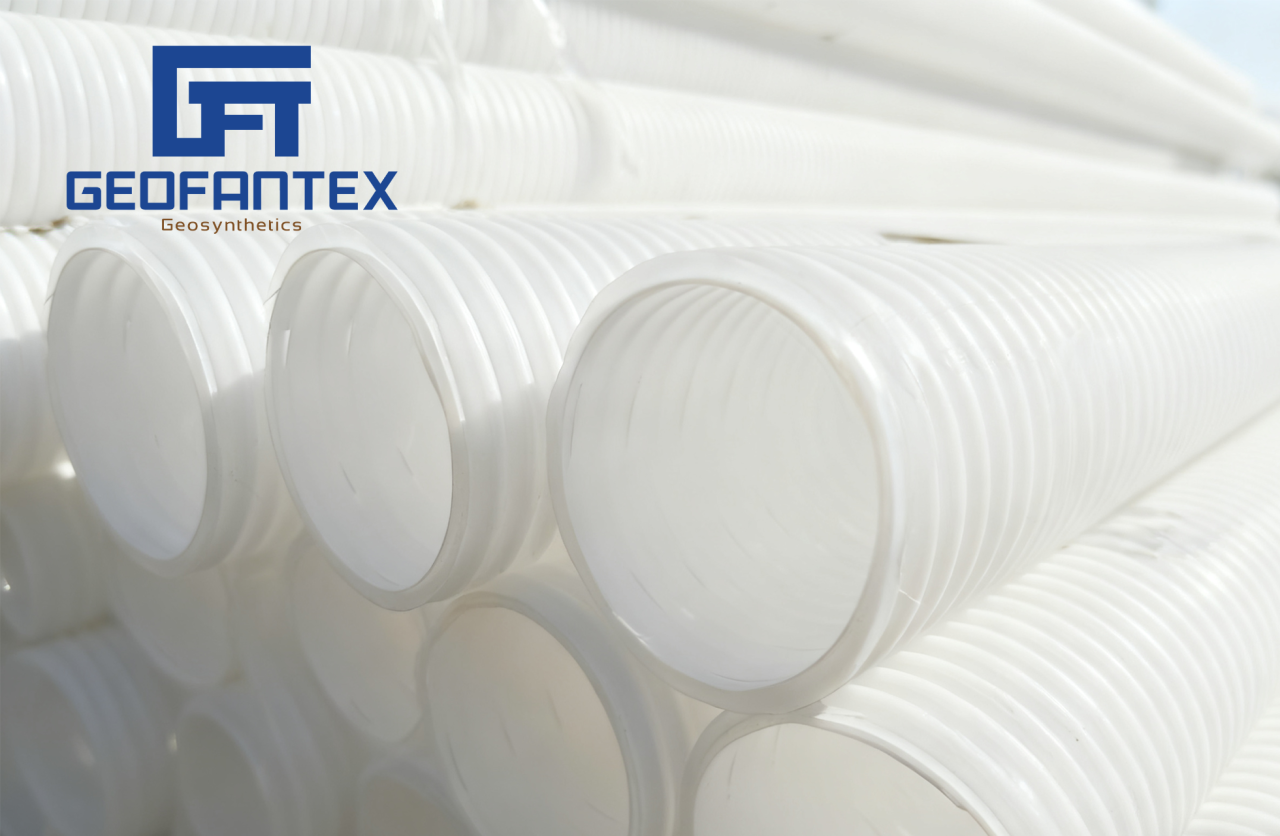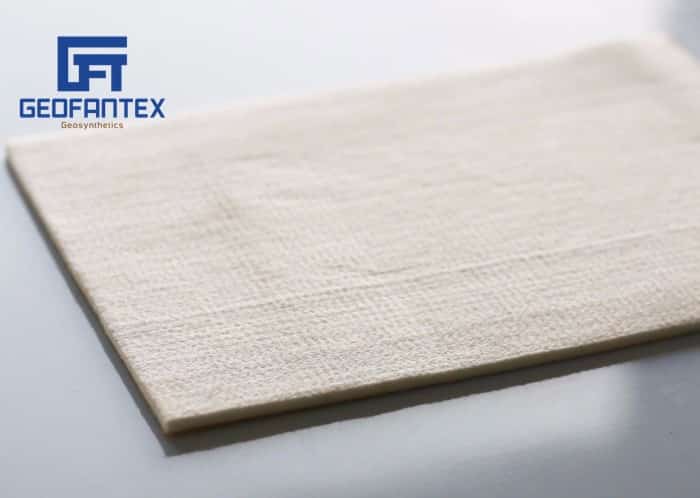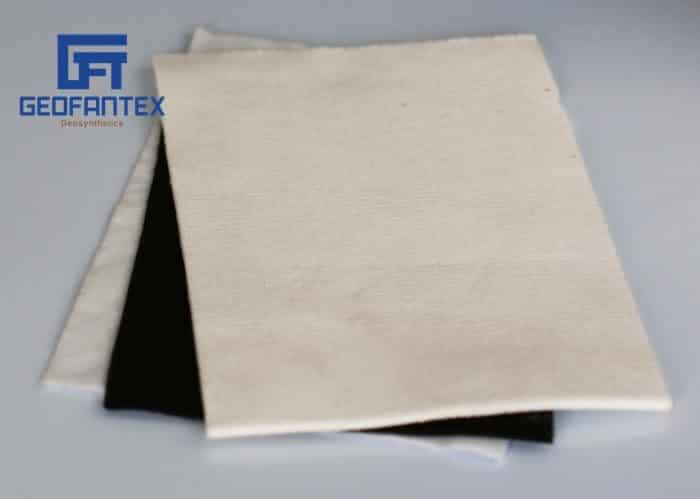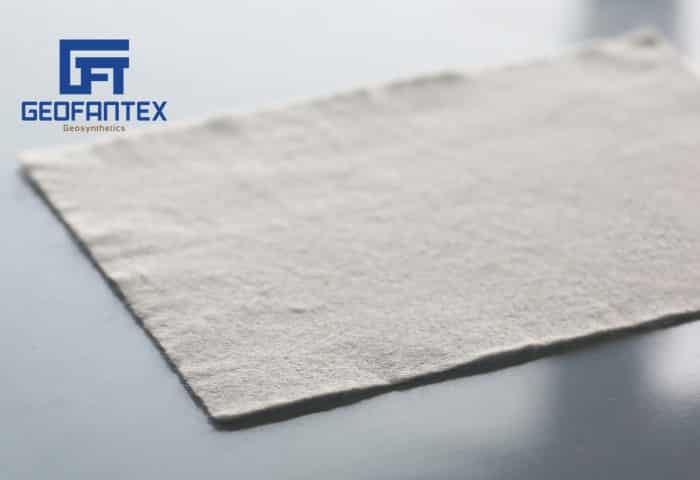+86-159 9860 6917
info@geofantex.com
geofantex@gmail.com
+86-400-8266163-44899
The use of geocell retaining wall forms has become increasingly important in modern geotechnical and civil engineering projects. These innovative systems offer an efficient and sustainable solution for soil stabilization and erosion control. By integrating geosynthetics such as geotextiles and geocells, retaining wall systems can withstand high stress while minimizing environmental impact.

What are geocell retaining wall forms and how do they work?
Geocell retaining wall forms are three-dimensional, honeycomb-like structures typically made from high-density polyethylene (HDPE). When expanded and filled with soil, gravel, or concrete, these cells confine the infill and distribute loads evenly. The result is a strong yet flexible retaining wall system that resists soil movement, enhances slope stability, and improves drainage performance.
These forms are often combined with geotextiles and geomembranes to enhance filtration, separation, and moisture management. Their cellular confinement reduces lateral stress on the wall face and provides structural integrity even in soft or challenging soils.

What are the advantages of using geocell systems in retaining walls?
The use of geocell retaining wall forms offers multiple advantages:
- Cost-effectiveness: Compared to traditional concrete or masonry walls, geocell systems require less excavation, material, and labor.
- Sustainability: Made from recycled or recyclable HDPE, they support environmentally friendly construction.
- Performance: They provide superior load support and can adapt to differential settlement and seismic activity.
According to a 2023 report by MarketsandMarkets, the geocells market is projected to grow from USD 482 million in 2023 to USD 826 million by 2028, driven largely by infrastructure and environmental restoration projects.
In what types of projects are geocell retaining wall forms most commonly used?
These systems are widely used in:
- Highway embankments and roadside retaining structures
- Railway slope stabilization
- Riverbank and coastal protection
- Residential and commercial landscaping projects
Their lightweight and modular nature makes them ideal for remote locations or where heavy equipment access is limited. In addition, the U.S. Department of Transportation recommends geocells for applications involving soft subgrade conditions, which enhances their acceptance in public sector projects.
How do geosynthetics enhance the performance of geocell retaining wall forms?
Geosynthetics play a critical role by:
- Reinforcing the base and face of the wall structure
- Improving drainage and reducing hydrostatic pressure
- Separating soil layers to prevent mixing and settlement
- Filtering water to avoid clogging or soil loss
When combined with geocell retaining wall forms, geosynthetics extend the service life of the system, reduce maintenance needs, and improve resilience against climate-related stresses.
In conclusion, geocell retaining wall forms are revolutionizing the way engineers approach retaining structures. Their integration with geosynthetics not only enhances performance but also supports the growing need for sustainable and adaptable construction solutions in civil engineering.
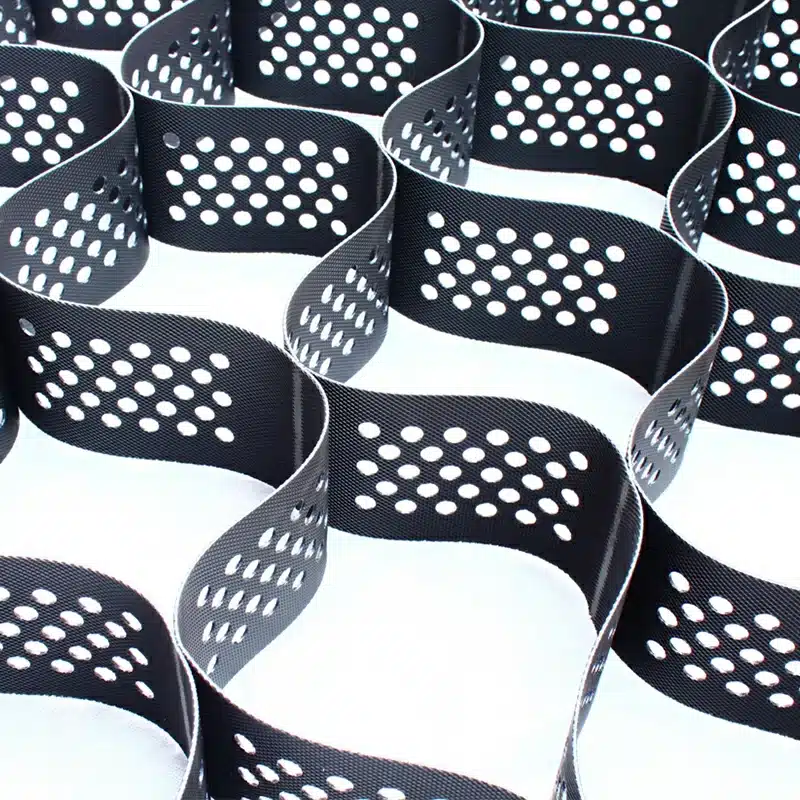

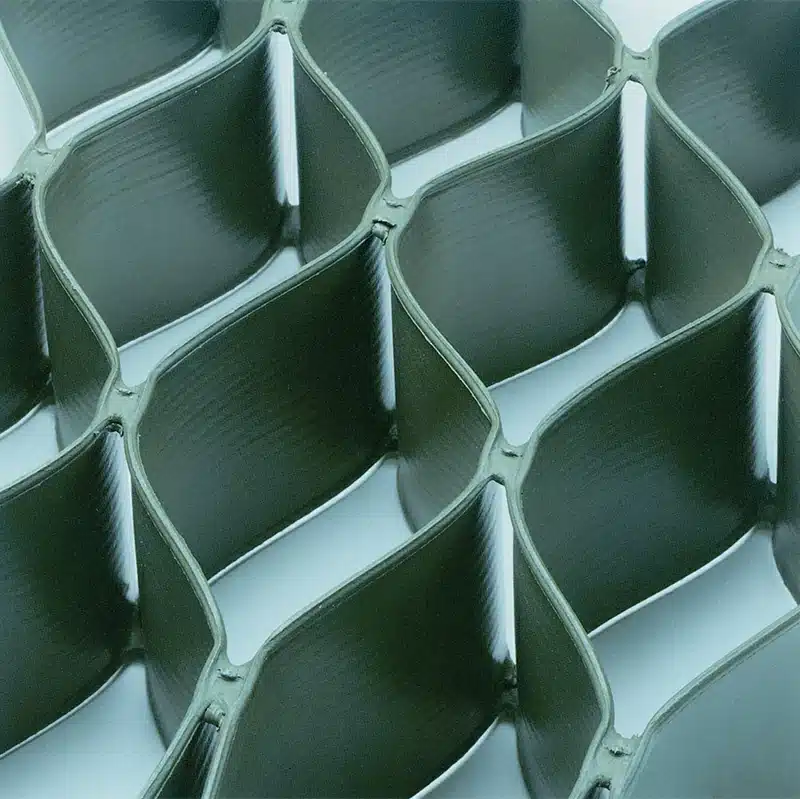
Get Free Sample
We’ll respond as soon as possible(within 12 hours)


